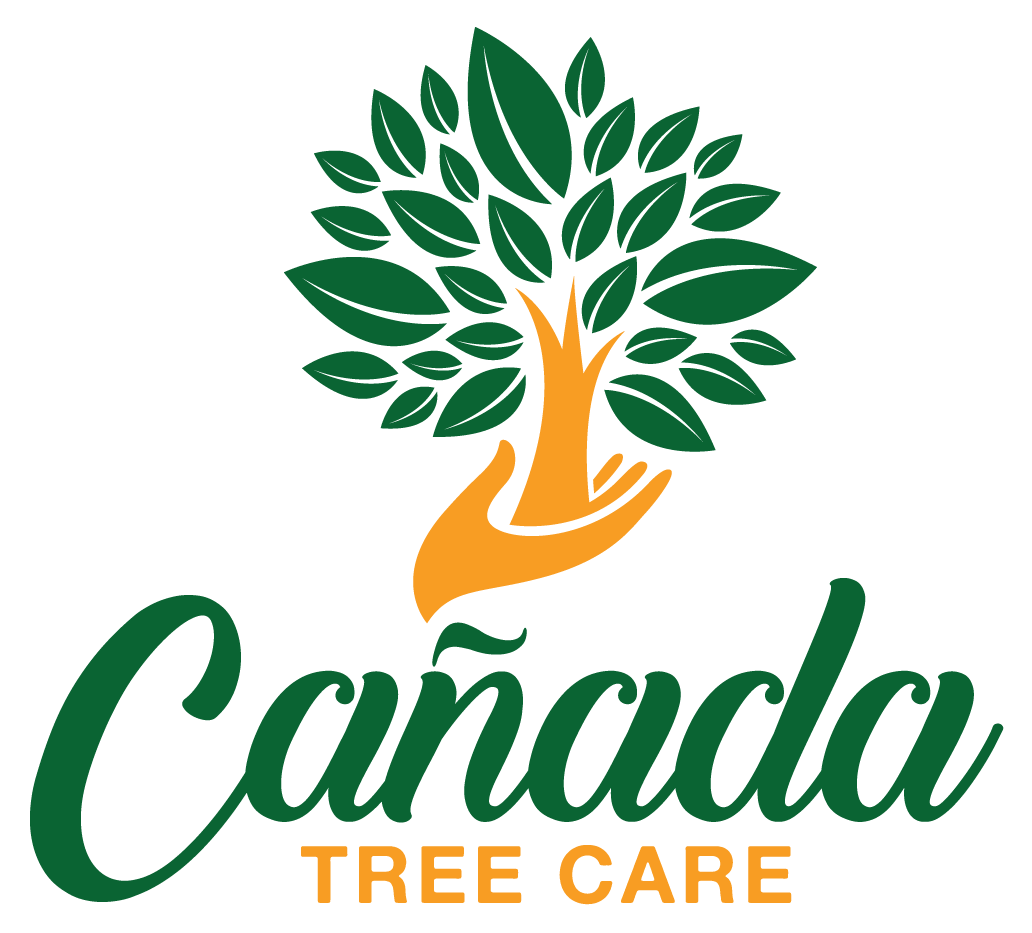Crown and Height Reduction
Crown and Height Reduction Services
It’s not uncommon for crown reduction to be confused with tree topping, a practice that often leads to the demise of even the most robust trees. However, crown thinning and height reduction are two sound and beneficial alternatives. These options are highly recommended for tree owners concerned about factors like weight distribution, excessively dense canopies, or light obstruction caused by their trees.
Understanding Crown Thinning
Crown thinning involves the selective removal of tertiary branches situated at the uppermost section of the tree, also known as the “crown.” This technique aims to achieve a balanced density and well-spaced branch structure. The ultimate goal of crown thinning is to allow sunlight to penetrate the upper canopy, reaching the lower foliage. To achieve an aesthetically pleasing and effective crown reduction, it’s advisable to avoid making heading cuts that remove all branches at a uniform height. This practice, known as “tree-topping,” can actually harm the tree more than it benefits.
At “La Cañada Tree Service,” we adhere to the “drop-crotch” pruning method. This approach retains the primary branches while exclusively pruning tertiary branches. This process doesn’t alter the tree’s height; it solely manages its density. On average, crown thinning entails the removal of approximately 30% of the tree’s foliage.
Understanding Crown Reduction
Conversely, crown reduction is primarily performed on trees with individual limbs that are encroaching upon buildings, utility lines, or other trees. Typically, this pruning technique involves reducing the height or spread of the crown or specific limbs. Crown reduction is also effective in alleviating mechanical stresses caused by an imbalanced tree. The objective is to preserve the crown’s structure while selectively reducing the canopy to facilitate improved light penetration. However, it’s essential to note that crown reduction isn’t suitable for all tree species. Consulting with a professional before opting for crown reduction is strongly advised.
Schedule an Appointment Now
Feel free to contact us for a complimentary professional consultation. Additionally, we offer printed estimates, ensuring that the initial service fee remains consistent whether you schedule the tree crowning appointment sooner or later. With our highly skilled team’s expertise and state-of-the-art equipment, we provide the most efficient tree crowning services available. Trust La Cañada Tree Service to enhance the health and beauty of your trees while prioritizing safety and excellence.
Pruning, Lacing, and Dead Wooding Services for Trees
Maintaining the optimal health of the trees on your property can yield significant benefits for both you and your family. Effective pruning practices can extend the lifespan of trees, enhance their value, and mitigate potential liability concerns. Conversely, improper tree pruning can result in decay, heightened liability, and create a breeding ground for unwanted pests.
Distinguishing Lacing from Pruning Trees
Although the contrast between tree lacing and pruning might seem substantial, these two widely employed tree-trimming methods share more similarities than meets the eye. Notably, lacing is a specialized form of pruning. Specifically, tree lacing involves a method of pruning that facilitates improved light penetration and enhanced airflow through the canopy and crown of trees. Moreover, lacing can help prevent pest infestations and mitigate the risks posed by rapidly growing or top-heavy trees. On average, approximately 20 to 30 percent of a tree’s overall canopy is pruned during lacing. Conversely, tree pruning entails the removal of larger portions of the tree. This practice is frequently employed for top-heavy trees or those with accelerated growth rates. Pruning effectively addresses issues such as crossing branches, co-dominant stems, and splitting limbs.
Dealing with Dead Wood in Trees
Over time, as the trees on your property mature, it’s natural for them to develop “deadwood” near their crowns. Dead wooding involves the careful removal of dead, dying, or diseased branches from the uppermost parts of trees. This service is particularly beneficial for trees with heavy canopies. Trees that extend over public roads, houses, communal areas, or gardens are ideal candidates for dead wooding, a practice that should ideally be carried out at least once a year. Feel free to contact us for a complimentary consultation to determine which of these services your trees require.
Book Your Appointment
To accurately assess your trees’ specific needs, we recommend engaging the expertise of our skilled Arborists. You can reach us to schedule a free professional consultation by calling us. Additionally, we provide printed estimates to ensure that the initial service fee remains constant, regardless of whether you decide to schedule a tree trimming appointment sooner or later. With our highly trained staff’s wealth of experience and state-of-the-art equipment, we confidently offer the most efficient and safest tree pruning service available in the market today. Count on La Cañada Tree Service for exceptional care, efficiency, and safety.
Services
Testimonials
